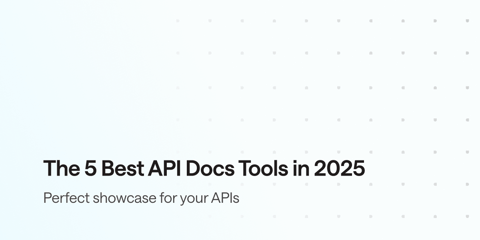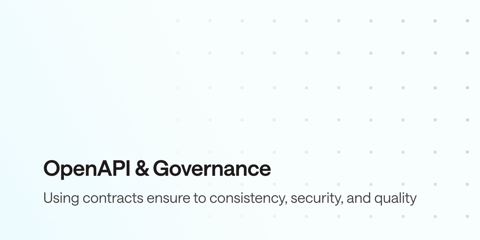APIs are at the core of modern enterprise architectures, powering integrations, automation, and digital products. Yet, API sprawl remains a persistent challenge—APIs are often scattered across different teams, tools, and repositories, making discovery and governance difficult.
This is where Bump.sh Hubs come in. By serving as a unified API catalog, Bump.sh helps enterprises streamline API discovery, governance, and collaboration across teams. Whether you’re managing internal APIs, partner APIs, or external APIs, Hubs provide a single source of truth, accelerating developer onboarding and ensuring consistency across REST and AsyncAPI specifications.
Bump.sh Hubs: A Foundation for API Discovery
For platform engineering teams, API discovery is a key enabler of developer productivity and efficiency. If APIs aren’t easily discoverable, teams waste time duplicating work, re-learning existing integrations, or struggling to keep up with API changes.
Bump.sh Hubs address these challenges by:
✅ Providing a centralized API catalog for internal teams and partners
✅ Unifying API types (REST, AsyncAPI, GraphQL, etc.) in one platform
✅ Offering real-time changelogs, ensuring developers stay up-to-date with API changes
✅ Enhancing API searchability, both internally and externally
This makes Hubs a crucial piece of a platform engineering strategy, enabling seamless API consumption across different teams and use cases.
How Organizations Use Bump.sh Hubs
1. Internal API Discovery: Breaking Down Silos
Large organizations often struggle with API silos, where teams build APIs independently without a shared catalog. This leads to inefficiencies, redundant work, and difficulty enforcing governance.
By adopting Bump.sh Hubs, organizations can:
- Centralize all internal APIs in one place, making them easily discoverable
- Standardize API documentation, ensuring a consistent developer experience
- Track API updates via changelogs, allowing developers to quickly adapt to new versions
2. Partner-Facing API Catalogs
For enterprises with partner ecosystems, making APIs easily accessible and well-documented is critical. Bump.sh Hubs act as an API storefront, allowing partners to:
- Browse and explore available APIs
- Understand API updates through changelogs
- Access API specifications in a structured, user-friendly format
This improves API adoption and reduces integration friction, helping enterprises scale their API-driven partnerships.
3. Enabling API Discovery with SEO & Search Indexing
Beyond internal and partner-facing use cases, Bump.sh Hubs can improve external API discoverability through search engine optimization (SEO).
One key example is Elastic, which integrates Bump.sh into their API documentation strategy. Elastic uses Bump.sh-generated sitemaps to feed their website’s search engine, allowing developers to search for any API operation directly from their main documentation site.
Try it yourself by searching “get agent status summary” in the Elastic docs search, and you’ll see that Bump.sh-powered API operations appear directly in the results.
This means:
🔹 API endpoints are searchable both internally and externally
🔹 Developers can quickly locate API operations without digging through docs
🔹 Enterprises can improve API discoverability through SEO optimization
Bump.sh also supports API.json, making it easy to generate and expose machine-readable API metadata that can be indexed for improved searchability.
Integrating Bump.sh Hubs into Your Platform Engineering Strategy
Bump.sh Hubs aren’t just another documentation tool—they play a key role in modern platform engineering efforts by enabling self-service API discovery, governance, and version management.
🔹 Connect with CI/CD pipelines to automatically update API catalogs
🔹 Use webhooks & notifications to alert teams to breaking changes
🔹 Enforce API governance by making standards & guidelines easily accessible
🔹 Enhance API observability by tracking version changes & dependencies
By integrating Bump.sh into your API governance framework, you can reduce API fragmentation, accelerate development, and improve API adoption across your enterprise.
Final Thoughts
APIs are more valuable when they are easily discoverable, well-documented, and properly governed. Bump.sh Hubs provide enterprises with a scalable way to centralize, organize, and manage APIs, aligning with today’s platform engineering best practices.
If your organization is struggling with API sprawl, inconsistent documentation, or poor API discoverability, it’s time to explore how Bump.sh Hubs can unify your API ecosystem.
🚀 Want to see it in action? Get started with Bump.sh and transform how your teams discover, manage, and collaborate on APIs.


